Category
Blog
Date
July 11, 2023
Author
Marco

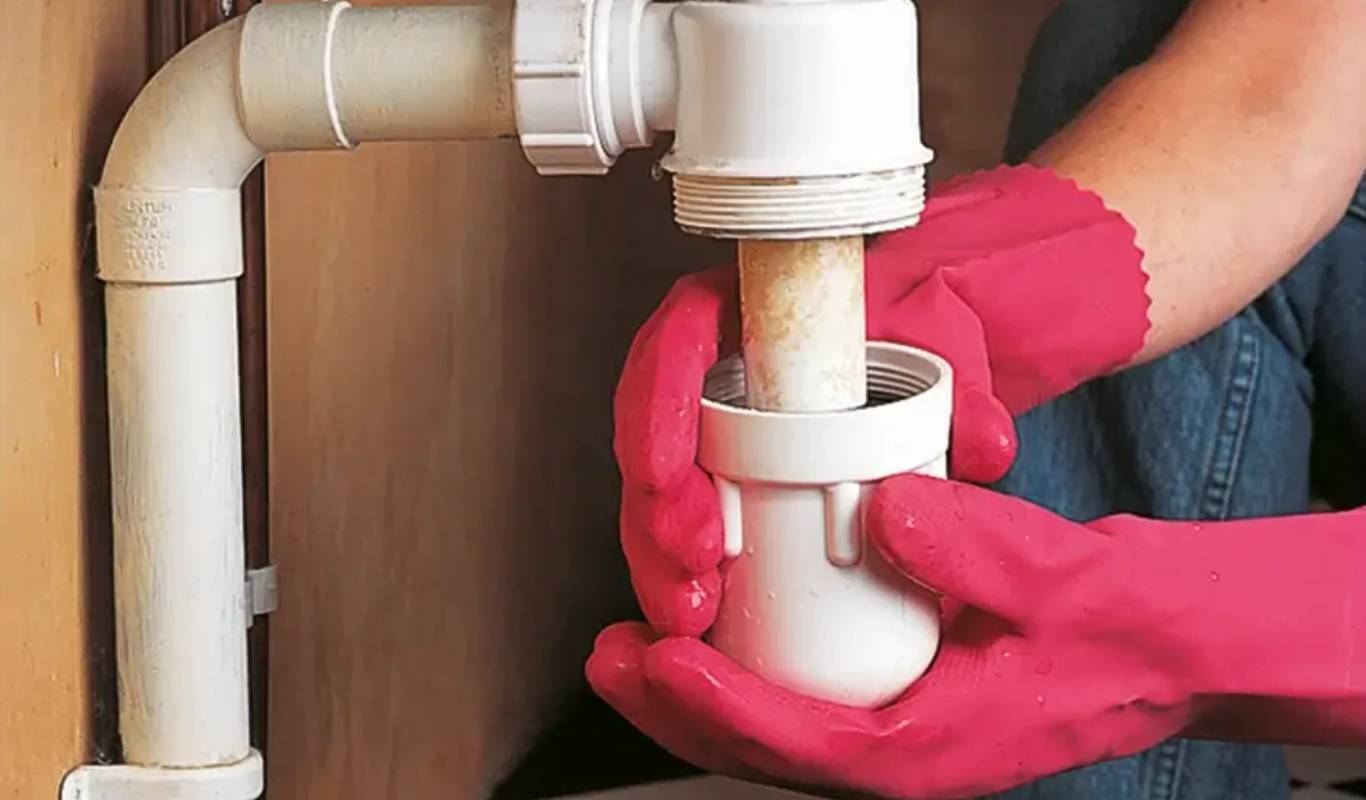
Sanitary pipes hold a key significance in making a building functional and habitable. Joined through specific interconnections, these pipes, on the one hand, ensure a continuous supply of water. On the other hand, they drive wastewater from bathrooms, kitchens, etc., to the main sewerage supply.
A critical component of these complicated sanitary pipes is soil stack. A soil stack, also known as a soil pipe or waste stack, is an essential pipe of a building’s plumbing system outside the building.
It is a vertical pipe that carries waste and wastewater from toilets, sinks, and other plumbing fixtures to the sewer or septic system. It connects to horizontal branch pipes on various building floors, allowing for the proper disposal of waste without causing blockages or backups.
The soil stack is significant in many aspects of a building’s plumbing system. First, it efficiently disposes of waste by transporting it from toilets, sinks, and other fixtures to the sewer or septic system.
Moreover, the soil stack provides ventilation by incorporating vent pipes that release odours, gases, and pressure build-up from the drainage system. This ventilation maintains proper air pressure, prevents traps from being siphoned, and ensures uninterrupted waste flow.
Besides this, the soil stack offers structural support to the plumbing system, distributing the weight of waste and preventing misalignment or damage. Lastly, building regulations ensure that the soil stack meets safety and sanitation standards which means the plumbing infrastructure is reliable.
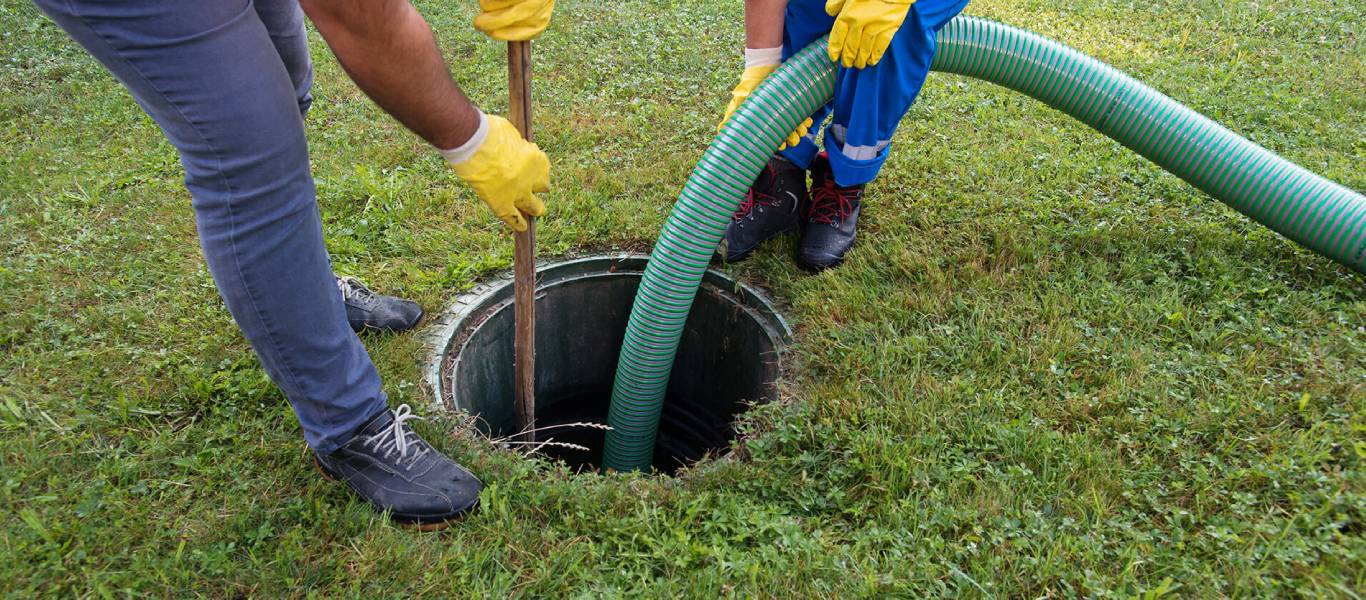
Several issues are associated with the soil stack regarding its functionality, maintenance, and fitting. Let’s look at some of these:
Blockage is a very common issue among these problems that every person faces now and then. Let’s discover the reasons for pipe blockage and how you can deal with those problems.
Several reasons for blocking a soil stack are associated with its maintenance or obstruction due to foreign objects. Below are some of the key reasons for a soil stack:
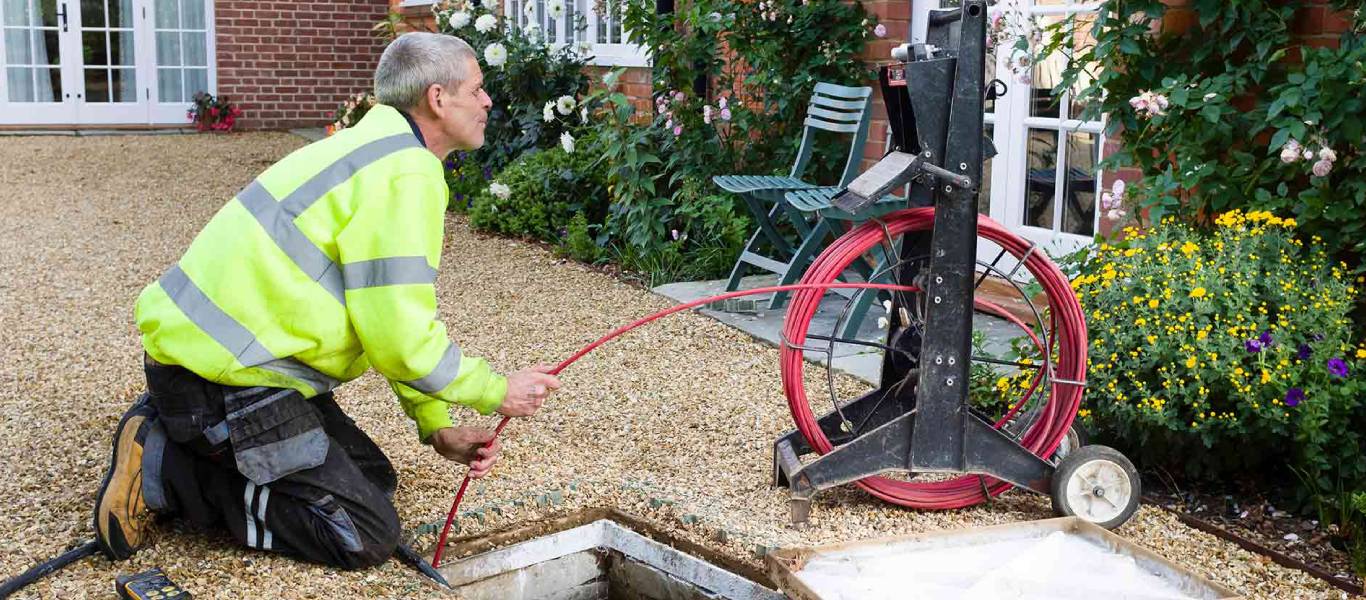
By following the below useful tips, you can resolve the blockage issue of the soil stack.
The soil stack is the main pipe joined with the complicated network of all the waste pipes of the building. Unblocking it demands a careful approach. Therefore, it is better recommended to approach professionals for a reliable service.
To clear blockage issues, you can take preventive measures to ensure a continuous waste flow from the soil stack.
Briefly, soil stack is the key pipe that carries away all the waste from your residential or commercial property; therefore, keeping it clear for an easy flow of waste is paramount. If it gets blocked, it is recommended to hire the services of the professional staff of Fast Drains. They are skilled, well-trained, and well-equipped to quickly clear your pipe. Therefore, next time you’re facing a blockage issue with your pipe, get in touch with us and have peace of mind by getting our insured services at reasonable costs.

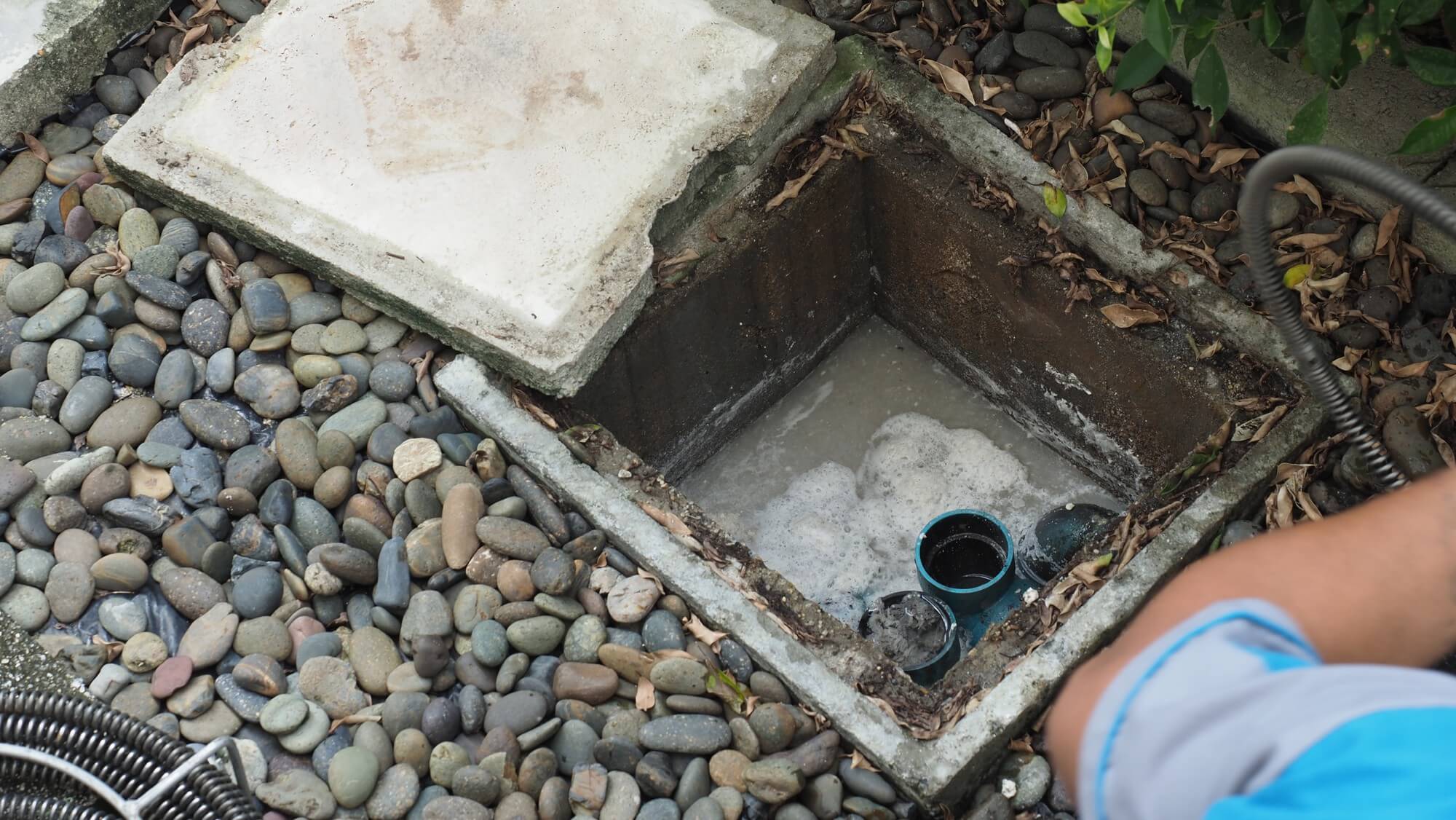
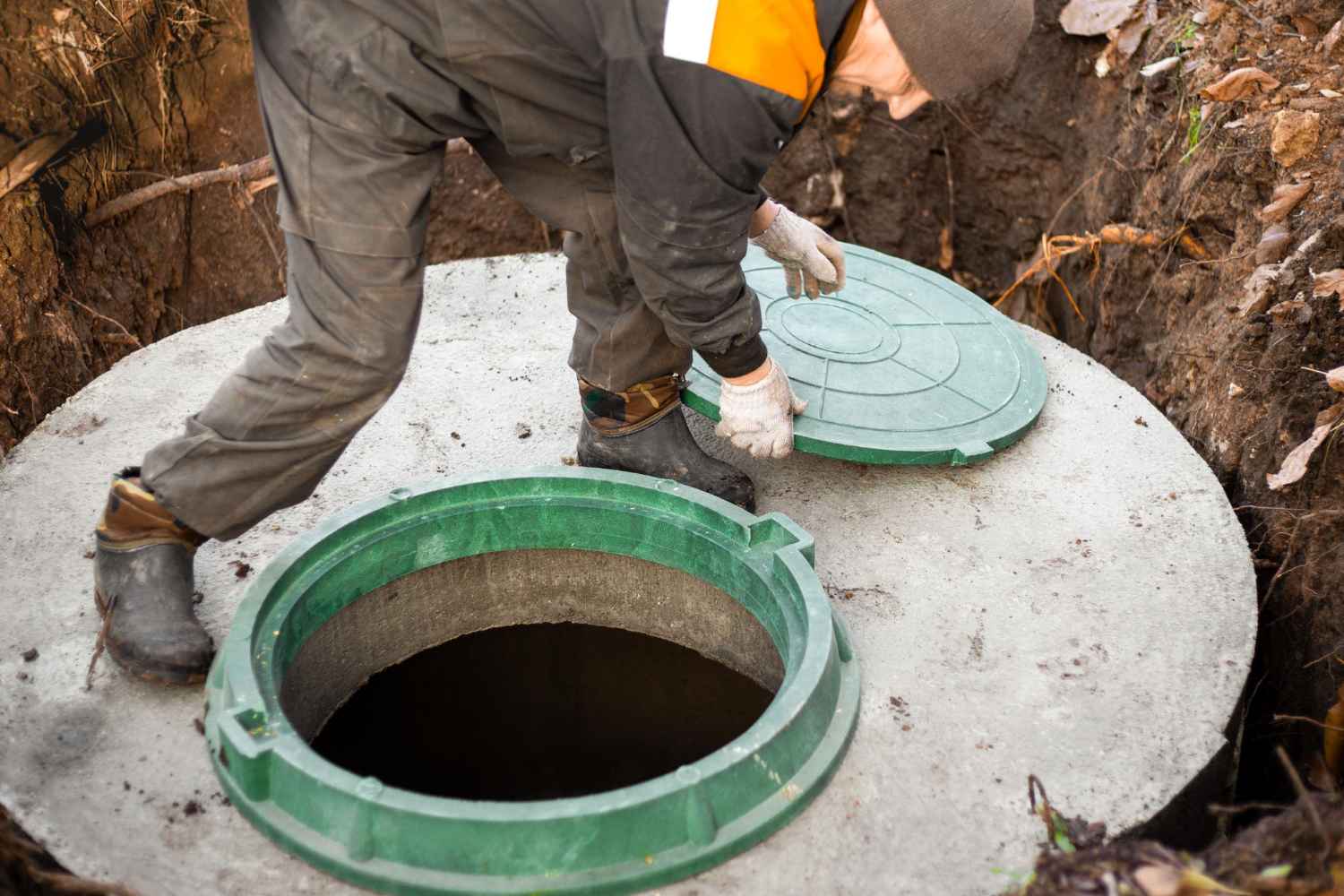

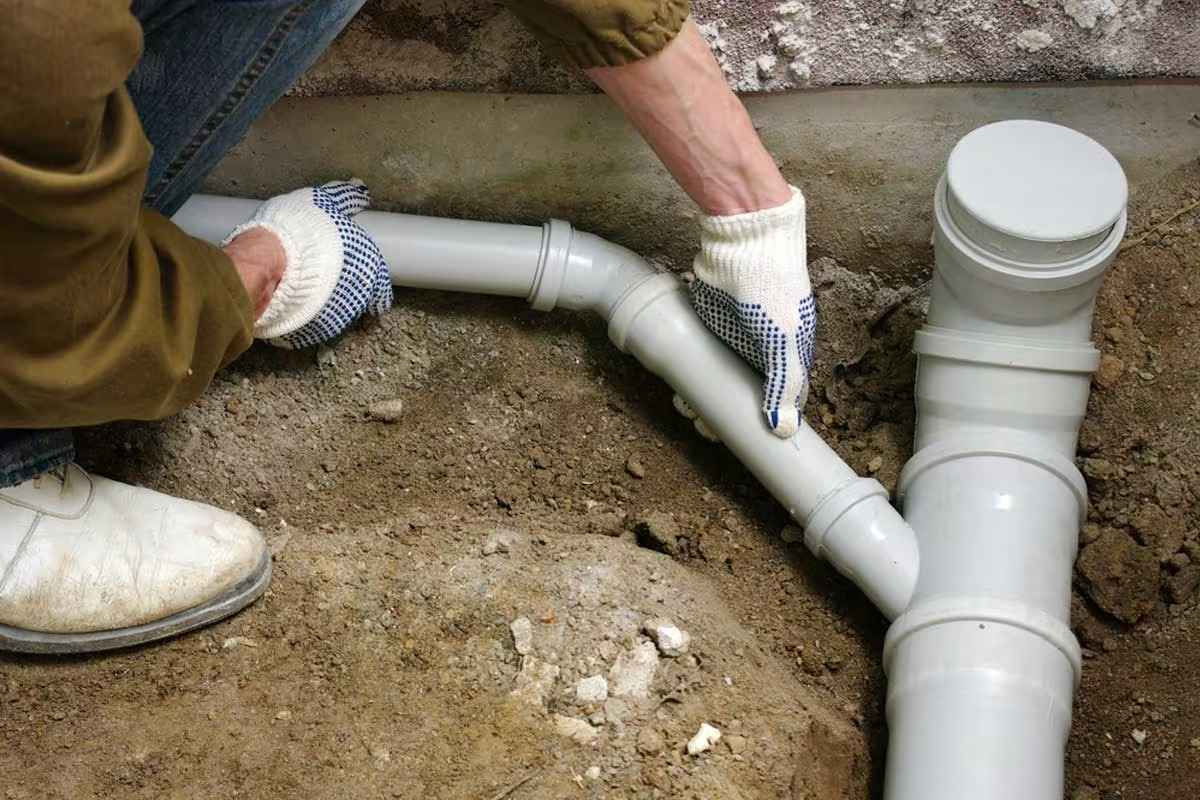
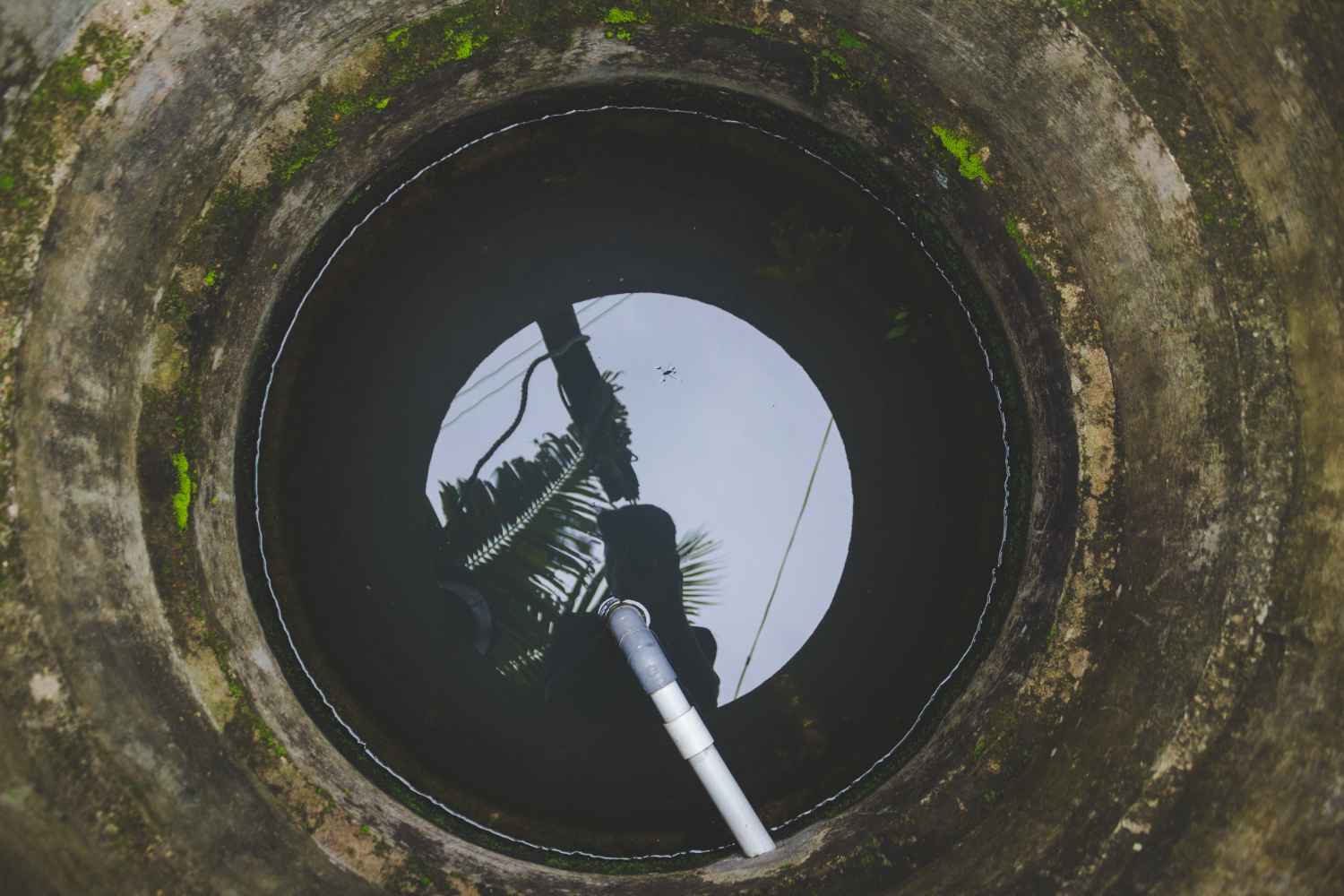
Areas we cover
Basingstoke | Southampton | Guildford | Bournemouth | Poole | Portsmouth | Crawley | Dorchester | Peterborough | Newbury | Christchurch | Gillingham | Swindon | Winchester | Reading | Oxford | Slough | Abbotswood | Sterte | Ascot | Stoughton | Broadstone.